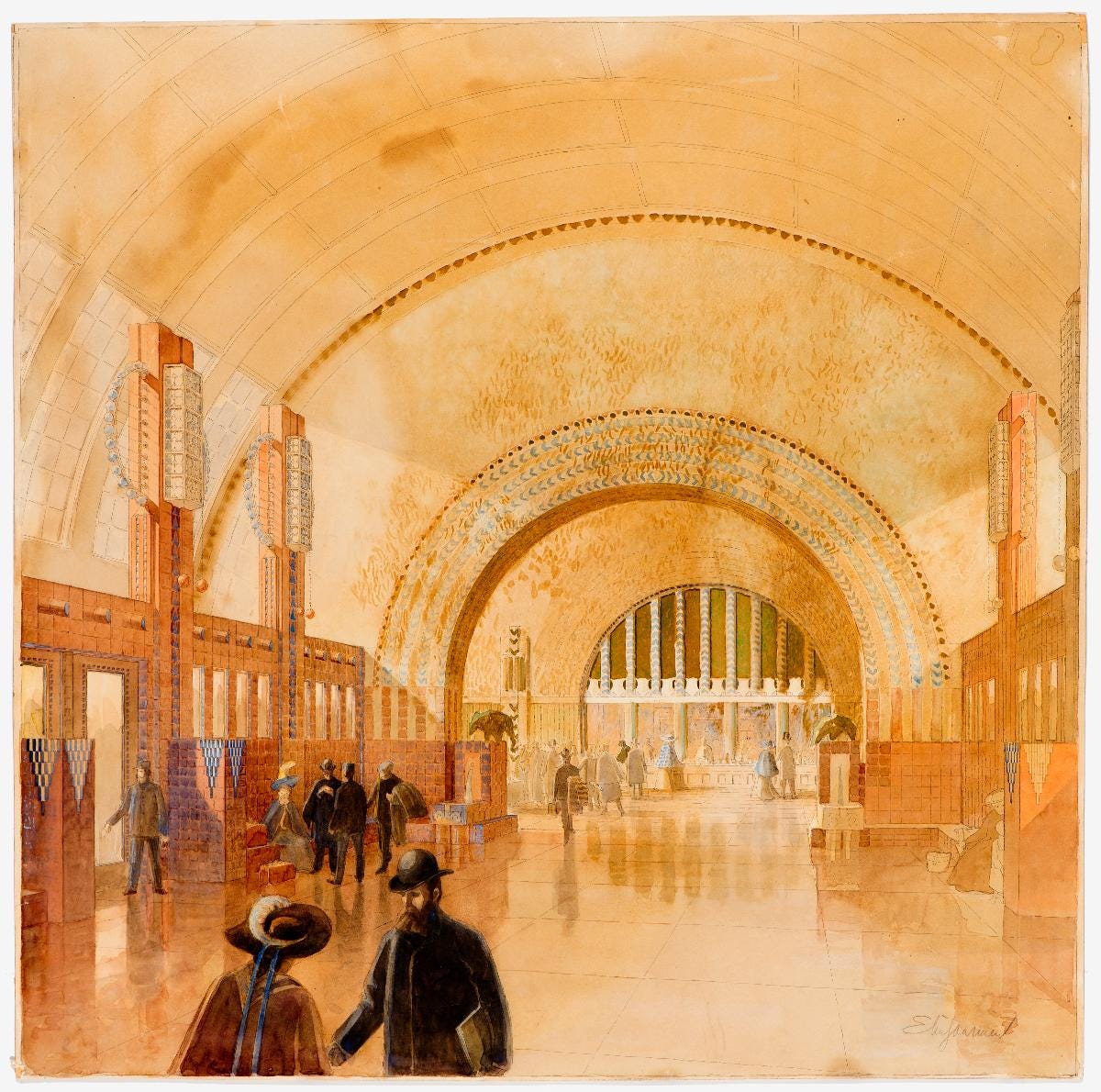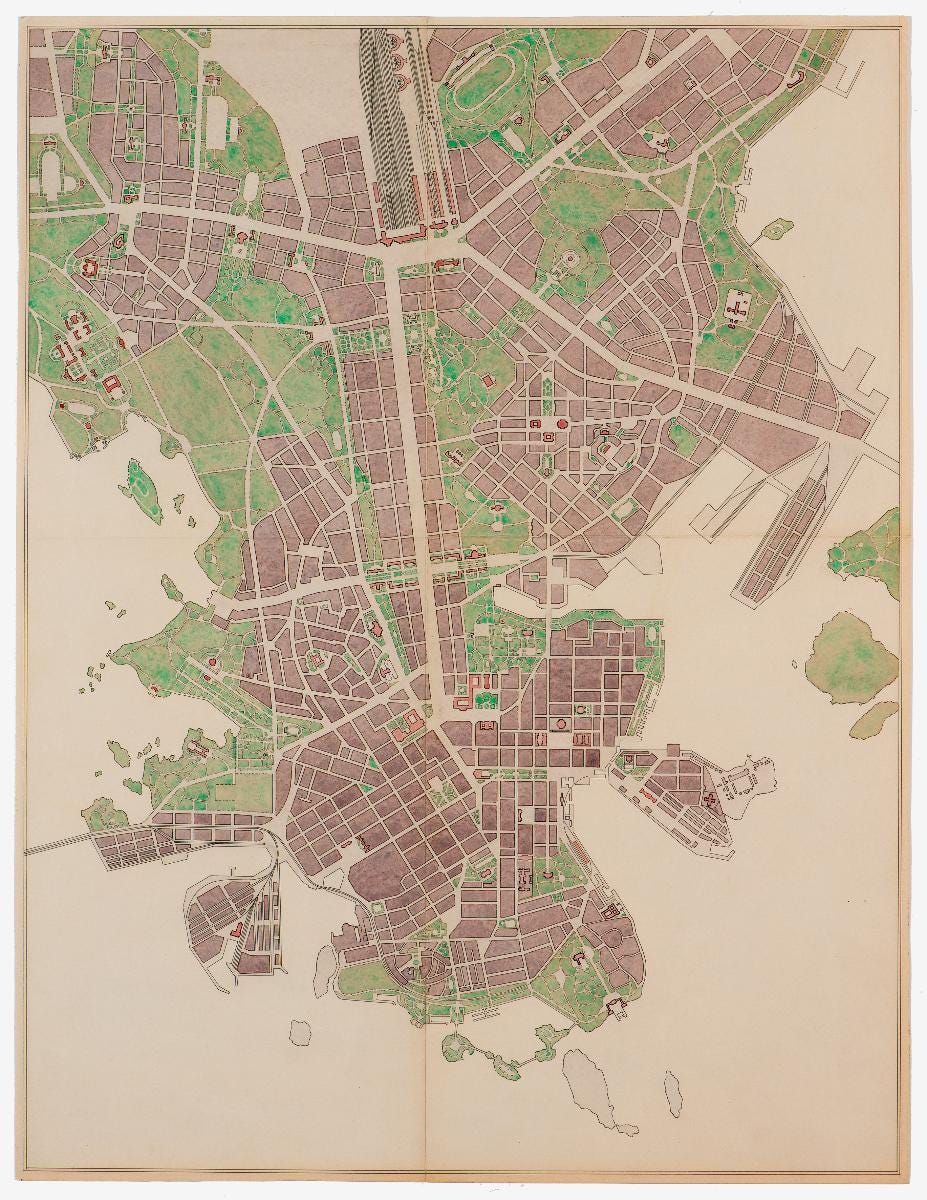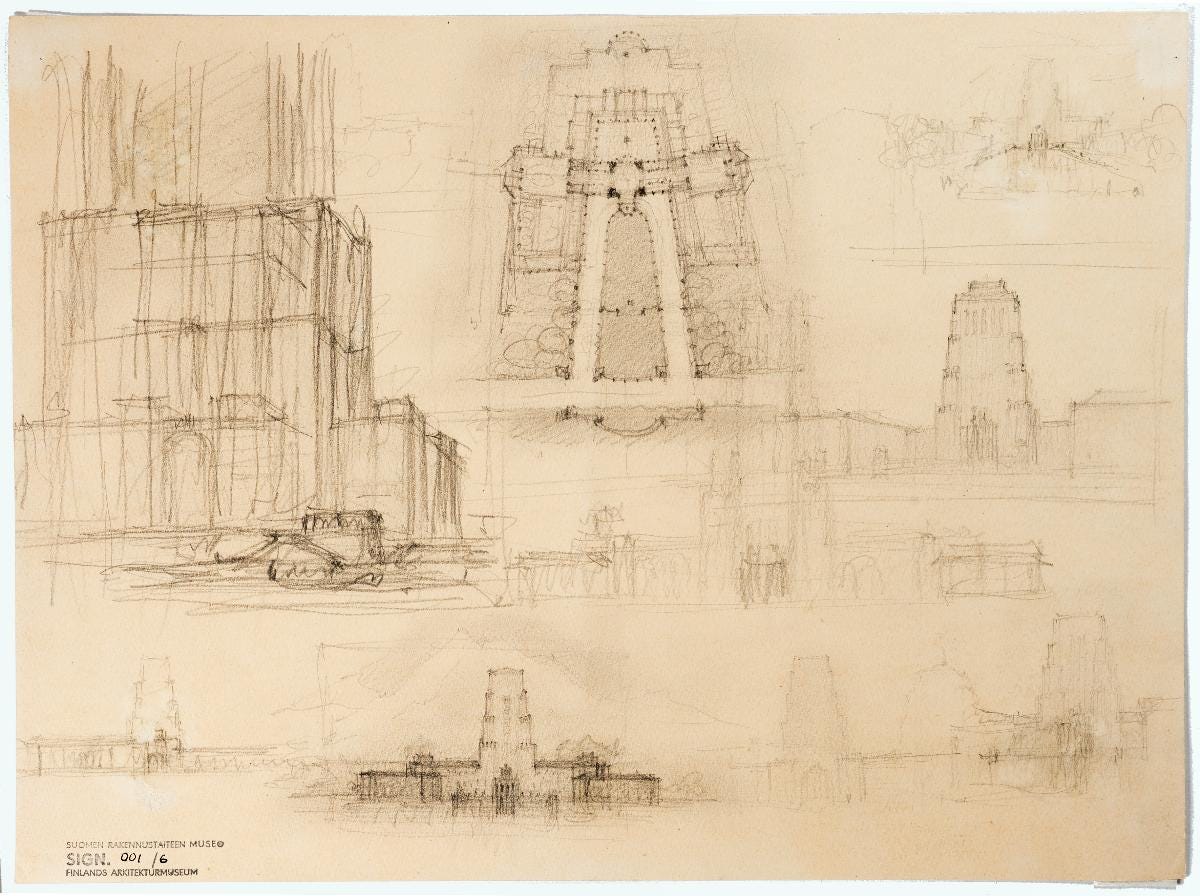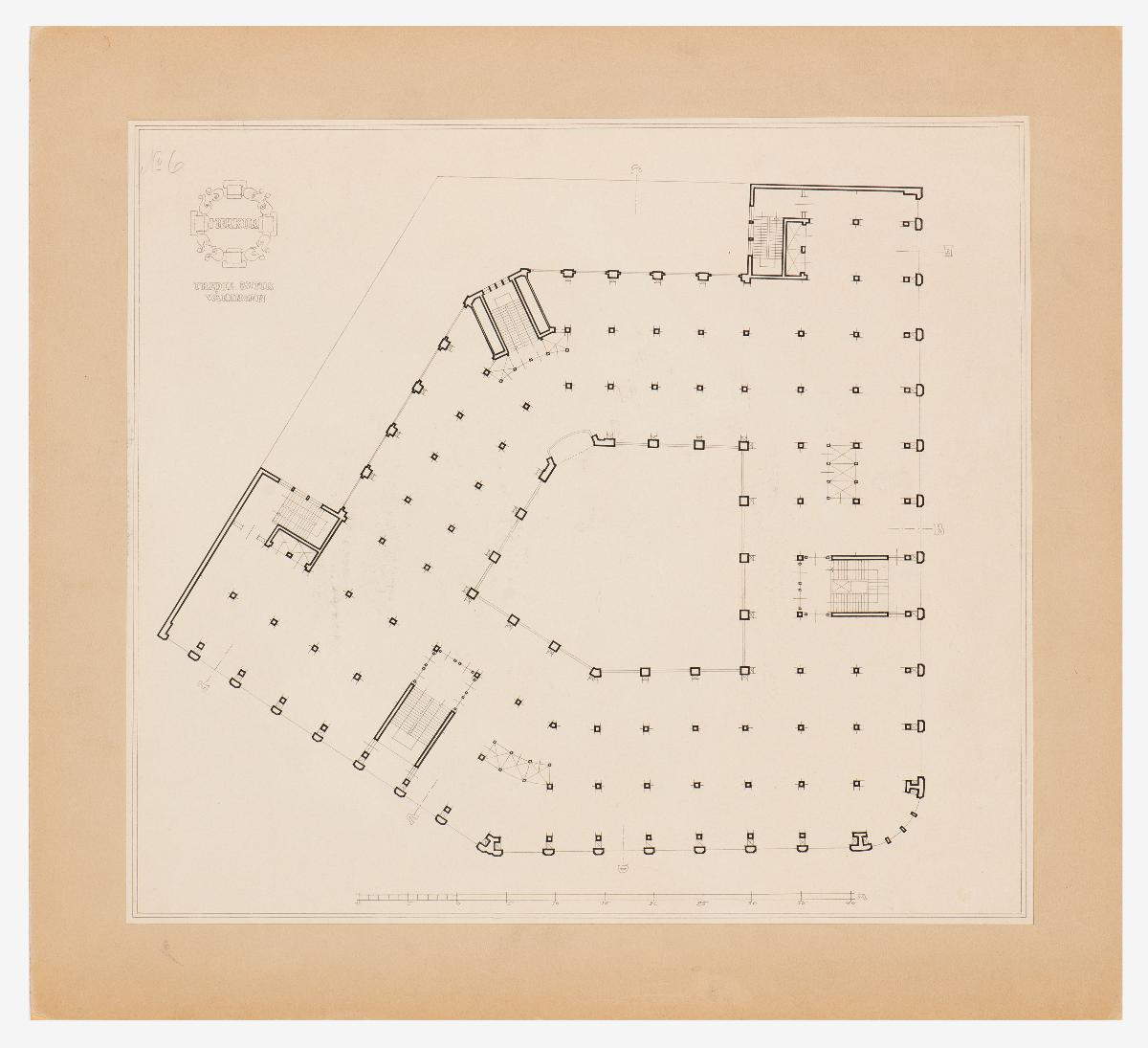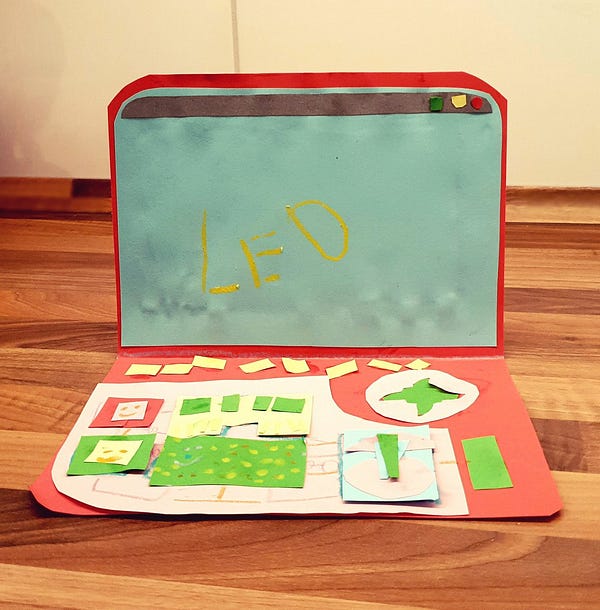My name is Linda. I write a bi-weekly newsletter about computer science, childhood and culture - and there are 9690 of you listening. If you enjoy this issue, please share it with anyone you think may find it useful.
Bonjour!
After a leisurely July, I’ve been busy preparing a move to Paris in end of August. For the next six months I’ll be staying at the Cité International des Arts, an arts residency in Marais. In school I spent a good ten years studying French, but the language is as foreign to me as the city, so all recommendations and pointers from Parisian readers are very welcome.
On the subject of cities, the themes of playgrounds and urban planning are still high on my list of summer reading. The obsession has kicked in and I keep devouring stories on how post-pandemic children are reclaiming the streets and how the 15 minute city/ville du quart d’heure is gaining momentum. Seems like designing cities for kids improves the quality of life for everyone.
For me, playgrounds feel like a big, important space to think about. In a very different way than software, places create memories. They change, they grow and form communities.
And still there is overlap, similarities and shared provenance between architecture and software. Two quick examples come to mind:
A Pattern Language by Christopher Alexander. Whenever I meet an architect I know we’ll have a shared vocabulary because of Alexander’s & co’s work. The second in a series of three books, A Pattern Language, is essentially a book of words and descriptions, intended for non-architects to describe their surrounding. The goal of the book was to develop an organised and coherent set of patterns, each of which describes a problem and the core of a solution. Think A PLACE TO WAIT, STAIR SEATS, and yes, CHILDREN IN THE CITY plus some 270 others. By combining these patterns, a language emerges. Interesting enough, the genesis of the software design patterns and ideas around object oriented programming came from Alexander’s work. (Here’s the baffled Alexander at the Association for Computing Machinery conference, surrounded by adoring computer scientists.)
Image of the City by Kevin Lynch. Lynch was a city planner who worked on people’s urban cognitive maps. His insight is that we can create meaningful maps using a notation of only five elements: paths, edges, districts, nodes and landmarks. Matt Webb makes the argument that perhaps the building blocks of websites shouldn’t be pages or blocks, but borrow from the vocabulary of Lynch.
As more and more of the tech world seems obsessed with ideas around a purely digital Metaverse, I find these old works resonant. Maybe it’s just me, but in addition to pushing pixels, I look forward to building paths, edges, districts, nodes - and if I’m lucky, landmarks.
The Finnish Architecture Museum has started to digitise its archive and started with Eliel Saarinen’s drawings. They are intricate in detail, an example and an inspiration for what I’m working on.
Linked List
In computer science, a linked list is a linear collection of data elements whose order is not given by their physical placement in memory. But here it is a selection of things I’ve been reading lately.
Drawing Pictures of Cities. An interesting post on why we should imagine and actually draw more urban environments. Concept drawings get a bad rap, but Noah outlines why we ought to use them more (with a few lovely Tokyo examples -- DAIKANYAMA..). Ties to some of my earlier musings about drawing.
And the counter argument: Why Does Utopian Architecture Suck? And why is modern architecture so pretentious and bland? (With some great photos!)
One of my favourite children’s series on Netflix right now is City of Ghosts by Elizabeth Ito. It’s beautiful, cleverly animated and deep story of a group of kids discovering stories around Los Angeles by communicating directly with the ghosts who inhabit it. Not enough has been written about the series - this Wired story only scratches the surface.
Kid City. A restored version Frank Gehry’s and Doreen Gehry Nelson’s documentary of a 1972 urban planning curriculum for kids.
Classroom
I’m hoping to surface and share stories from all of you and I’d love to see your creations! Here are a few teachers using Ruby in creative, fun and inspiring ways.


